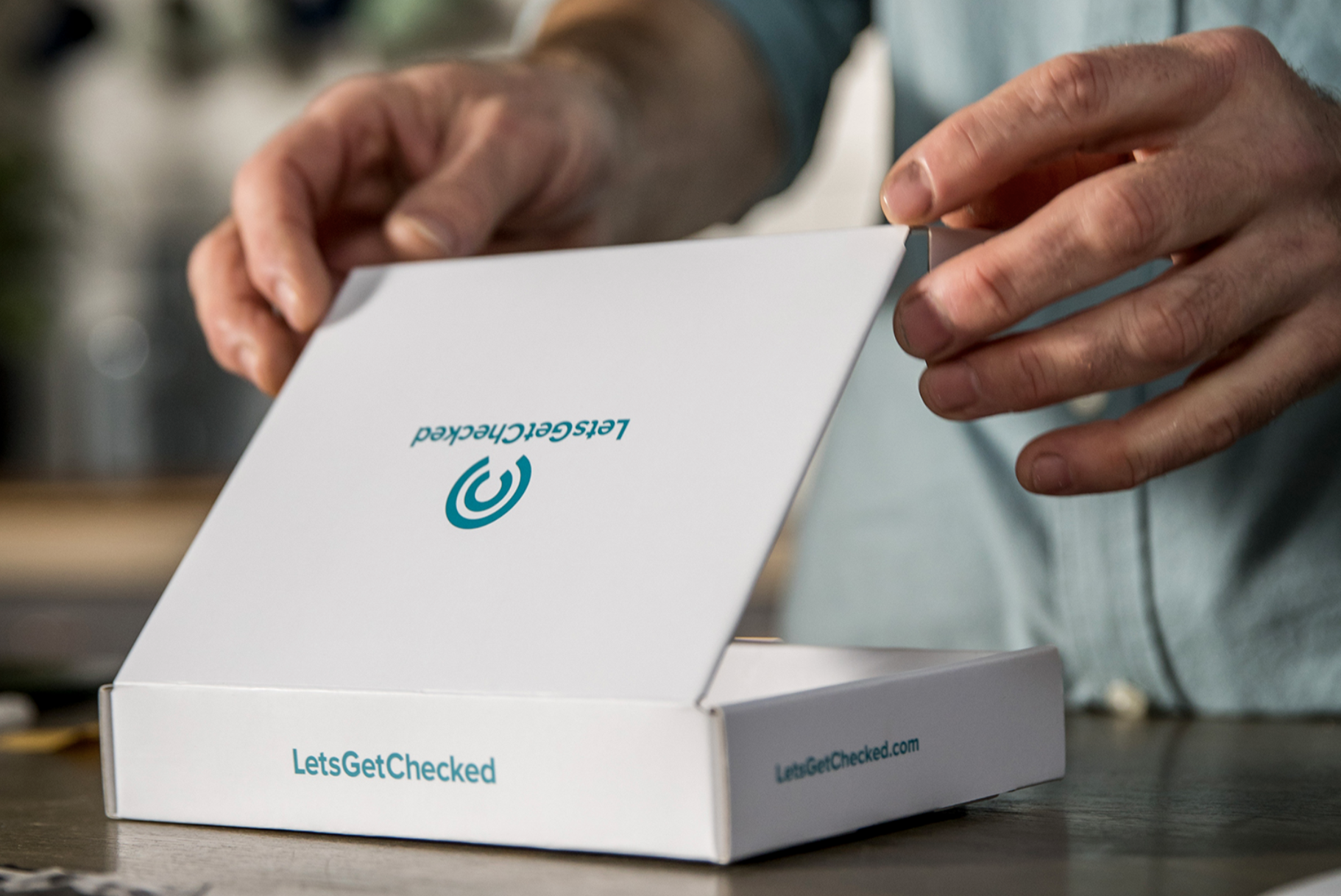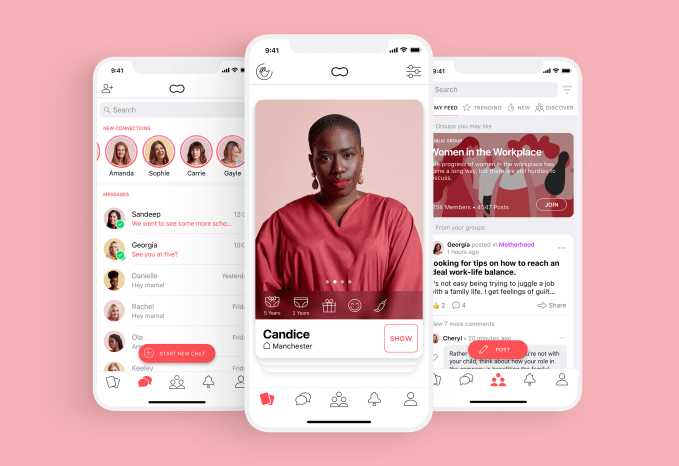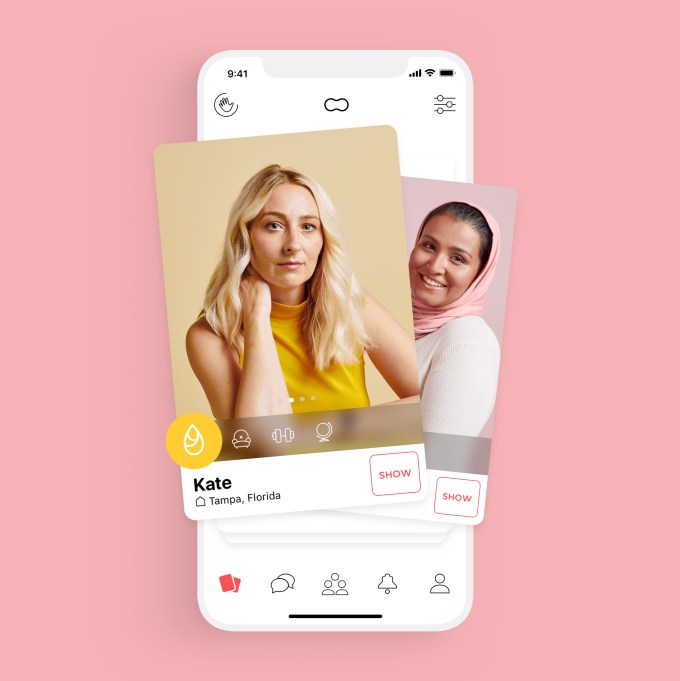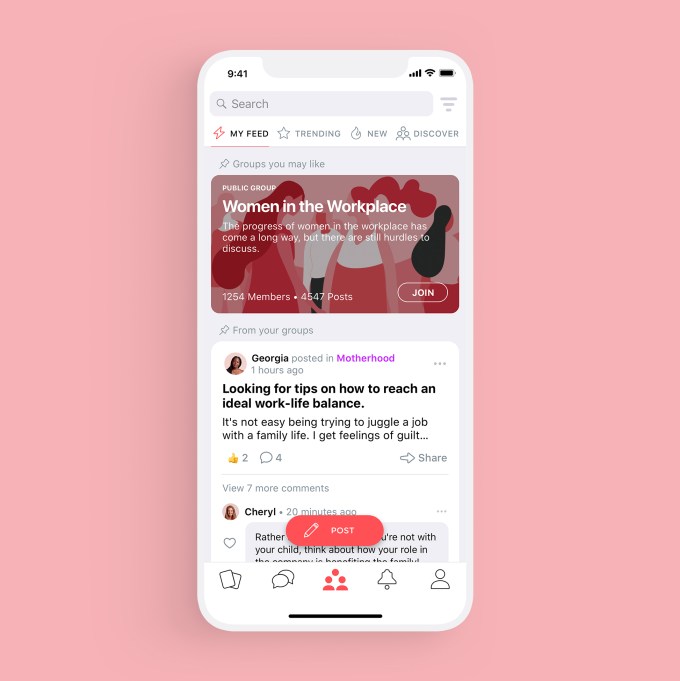Banked, a London-based fintech using open banking to enable account-to-account payments at checkout (and beyond), has raised £2.35 million in further seed funding.
The round was led by Force Over Mass, with participation from previous investors Backed and Acrew Capital, along with a number of high-net-worth individuals, such as Paul Forster (co-founder of Indeed.com).
It brings the total raised by the U.K. startup to £5.35 million, including some investment from Banked’s founders, who all previously worked together at 10x Future Technologies, the banking startup co-founded by former Barclays CEO Antony Jenkins.
Founded in January 2018 and exiting beta last month, Banked has built account-to-account payment software that lets consumers, businesses and banks process payments significantly cheaper than older payment methods, such as card payments. By using open banking/PSD2 to initiate payments taken directly from a payee’s bank account, the fintech is able to charge just 0.1% to process payments — “a fraction of the 1-4% charge typically seen across the market,” the company says — and money is transferred in near real-time, rather than in some instances having to wait days.
In addition to cost savings and increased speed, the other upside of building a payments network on top of open banking is that it has the potential to dramatically reduce fraud by a claimed 96% and therefore “better protects consumers and businesses.” That’s because money is transferred without a customer having to share their card or bank details. Instead, authentication is handled by the customer’s bank via open banking APIs and typically in combination with its consumer-facing mobile app or website.
“The current payment system is antiquated, expensive and slow,” Banked co-founder and CEO Brad Goodall tells me. “Companies wait days, sometimes weeks to be paid and are taxed with high fees for the privilege. Banked transacts in real time, sending funds directly from the customer’s bank account to the company’s bank account and charges a single low fee of 0.1%.”
In some respects, Goodall says Banked is similar to Finix in the U.S. by offering companies the chance to save large amounts in payment processing fees. “However, while Finix insert themselves into the payment chain and then recycles the income back to their clients, we simply do not charge those fees in the first place,” he explains.
With that said, Goodall describes the key challenge as presenting the end consumer with a new payment option — and enticing them to use it — “without them really knowing Banked exists.” To do this, the fintech is “empowering” merchants to initiate payment and in turn is leveraging the end consumer’s trusted relationship with their bank and the merchant. “The end consumer does not necessarily believe the payments system is broken,” he concedes. “However, companies are sharing the upside [of lower processing fees and less fraud] with their customers to incentivise them to use us or promoting us as their preferred payment partner upfront.”
As it exists today, Goodall says Banked works best for companies where cash flow and high processing payment fees can be make or break the business. Use cases span top-up wallets and trading apps to car financing and even charities, “where every penny counts.” The fintech is also working with e-commerce providers who are looking to use Banked for high-value transactions and embedding loyalty into the payment flow.
Longer term, Banked wants to go beyond just payment initiation, with a vision where “security, real-time settlement and the reduction of fees eventually to zero is the starting point.”
“The future is about what features and experience at checkout we can create and curate for merchants and consumers,” says Goodall. “We are excited by the work banks are doing to open their infrastructure to regulated third parties and believe we have a role to play to distribute this infrastructure and enter into commercial relationships with banks to support them assisting their customers at point of checkout. We also believe in building the partnerships around loyalty, insurance and other checkout features that are useful to the merchant and consumer.”
Meanwhile, asked who Banked most directly competes with, Goodall doesn’t mince his words. “Visa and Mastercard, plain and simple,” he says. “They have scale, trust and a lot of money, [but] we have a better product at a fraction of the cost, faster and more secure.”
In addition, Goodall says Banked isn’t beholden to a legacy business model or a commitment to sell and promote pre-online products. “In the future, we believe the idea of using a 16-digit plastic card will be as alien as writing a cheque,” adds the Banked CEO.


 You will be contacted by your dealer shortly! In right-hand-drive markets the start of ordering should be about 4 weeks later. You will be contacted by your dealer shortly! Thanks for your patience!
You will be contacted by your dealer shortly! In right-hand-drive markets the start of ordering should be about 4 weeks later. You will be contacted by your dealer shortly! Thanks for your patience! 
 of Twitter, so we’re testing ways to make them easier to read and follow.
of Twitter, so we’re testing ways to make them easier to read and follow.


